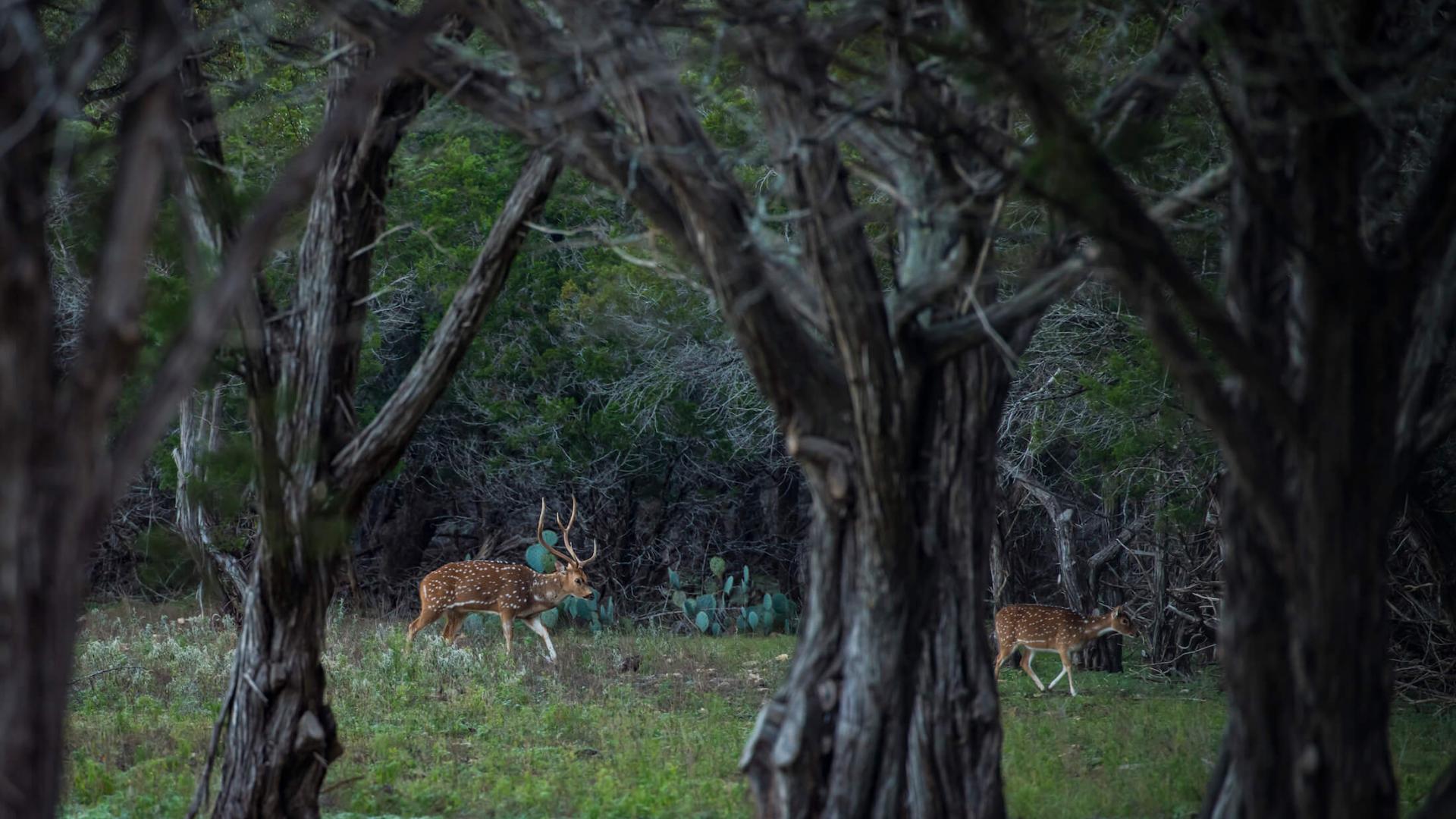Discovering the Thrill of Searching Adventures in Diverse Landscapes
The quest of searching in diverse landscapes offers an appealing intersection of ability, strategy, and regard for nature. Each terrain, from the impressive heights of the hills to the intricate ecological communities of marshlands, provides distinctive challenges and incentives that can drastically form the hunting experience. Comprehending these varied atmospheres not just enhances the excitement of the chase yet also strengthens one's link to the natural globe. As we examine the distinct features of each setting, it ends up being clear that the journey extends beyond the search itself, bring about questions regarding prep work, mindset, and the honest effects of the sport.
Hill Searching Experiences
As seekers ascend the tough terrain of hilly areas, they typically run into a special mix of difficulties and benefits that specify the hill searching experience. The elevation and high inclines demand not only physical endurance however additionally strategic planning. Browsing rough outcrops and variable weather can examine also one of the most experienced hunters.
The main allure of mountain searching exists in its impressive landscapes and the possibility to go after elusive game species, such as hill goats or elk, which are adjusted to these extreme atmospheres. Finding and stalking these pets usually calls for an eager understanding of their behavior and habitat, making each effective experience exceptionally satisfying.

However, security stays extremely important; seekers have to equip themselves with appropriate gear and knowledge to deal with the unforeseeable aspects of the hills. Generally, hill searching uses an engaging mix of experience, ability, and respect for the natural world that remains to attract enthusiasts year after year.
Forests: The Heart of the Hunt
Immersed in the thick plant of woodlands, hunters take part in a diverse experience that integrates technique, skill, and a profound link to nature. Woodland hunting provides distinct challenges and rewards, as the thick underbrush and imposing trees produce a complicated atmosphere for both predator and target. The component of stealth ends up being critical, requiring hunters to browse quietly through the vegetation, attuned to the sounds and movements of wild animals.
In these environments, the diversity of species contributes to the enjoyment. From deer and wild boar to smaller sized video game, each hunt requires a tailored approach. Recognizing pet behavior and environment preferences is essential for success. The woodland's complex trails and all-natural barriers often determine hunting approaches, demanding adaptability and fast decision-making.

Open Plains and Video Game Tracking
Open up plains offer a substantial area that presents distinctive chances and challenges for seekers taken part in video game monitoring. The open landscape permits presence over fars away, enabling seekers to find video game such as antelope, deer, or wild turkey from afar. Nevertheless, this same visibility can make it challenging to technique without being spotted, as pets have an unobstructed sight of their surroundings.
Effective game tracking in these settings requires an eager understanding of pet behavior, specifically their feeding, watering, and migration patterns. Knowledge of the terrain is vital; hunters should recognize features such as grassy ridges, sprinkling holes, and natural cover that can help in critical positioning. Wind direction plays a crucial duty in minimizing scent detection, requiring mindful planning in method.
Using monitoring strategies, such as observing tracks, droppings, and feeding signs, can offer useful understandings right Find Out More into pet activities. The ability to read the land and adapt to changing problems boosts the likelihood of a successful hunt. Eventually, the excitement of tracking game across open plains exists not only in the quest however additionally in the proficiency of abilities that link seekers to the wild landscape they browse.
Coastal and Marshland Experiences
The distinct atmosphere of coastal and marshland locations offers seekers with a different set of obstacles and possibilities contrasted to the large open plains. These rich ecological communities, identified by a mix of deep sea and freshwater habitats, offer varied wild animals, including waterfowl, migratory birds, and numerous tiny game varieties. The dynamic nature of trends and seasonal modifications can significantly influence game schedule, calling for seekers to adjust their strategies appropriately.

Furthermore, weather condition conditions, such as high winds and rain, can play a significant role in searching experiences (free range axis hunts in Texas). Hence, prep work and understanding of regional conditions are paramount. Inevitably, seaside and marshland experiences provide a thrilling hunting experience that tests also the most seasoned seekers, highlighting the value of versatility and environmental recognition
Tips for Diverse Surface Searching
Navigating varied surfaces requires a strategic strategy to optimize hunting success. Each landscape presents one-of-a-kind difficulties and opportunities that seekers should understand to grow.
First of all, acquaint yourself with the specific features of the terrain-- whether it be hilly, forested, or arid. Researching topographical maps and satellite images can offer understandings into the most effective paths and potential game routes. free range axis hunts in Texas. Additionally, take into consideration the weather condition patterns, as they can substantially influence pet movement and actions
Secondly, adjust your equipment to suit the setting. Lightweight equipment is essential for mountainous areas, while waterproof devices is crucial for marshland. Constantly make over at this website certain that your camouflage lines up with the all-natural shades and textures of the landscape to boost concealment.
Additionally, technique patience and observation. Hang around silently scanning your surroundings; lots of pets are proficient at mixing right into their setting. Utilize phone calls and aromas that mimic local wildlife to attract your target.
Last but not least, team up with skilled hunters knowledgeable about the surface. Their expertise can offer vital pointers and enhance your overall success while guaranteeing security in strange landscapes. By using these strategies, hunters can efficiently navigate diverse terrains and enhance their possibilities of a satisfying journey.

Verdict
The exploration of searching experiences throughout diverse landscapes discloses the detailed connection in between people and nature. Each atmosphere, from rugged hills to dense woodlands, open plains, and coastal marshlands, offers distinct obstacles that improve the hunting experience.
Each surface, from the magnificent elevations of the mountains to the intricate environments of marshlands, provides distinctive difficulties and incentives that can considerably shape the searching experience.As hunters ascend the sturdy terrain of hilly regions, they commonly experience an one-of-a-kind blend of obstacles and rewards that specify the hill hunting experience. Woodland searching presents unique difficulties and incentives, as the thick underbrush and towering trees produce an intricate atmosphere for both killer and target. Eventually, seaside and marshland journeys provide an exhilarating searching experience that challenges even the most experienced seekers, highlighting the importance of versatility and ecological recognition.
Each environment, from tough hills to thick woodlands, open plains, and coastal marshlands, provides special obstacles that boost the hunting experience.